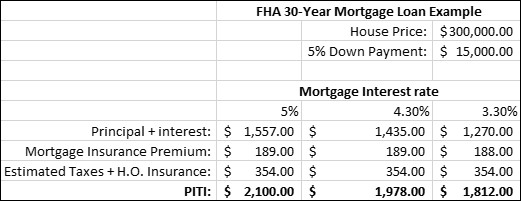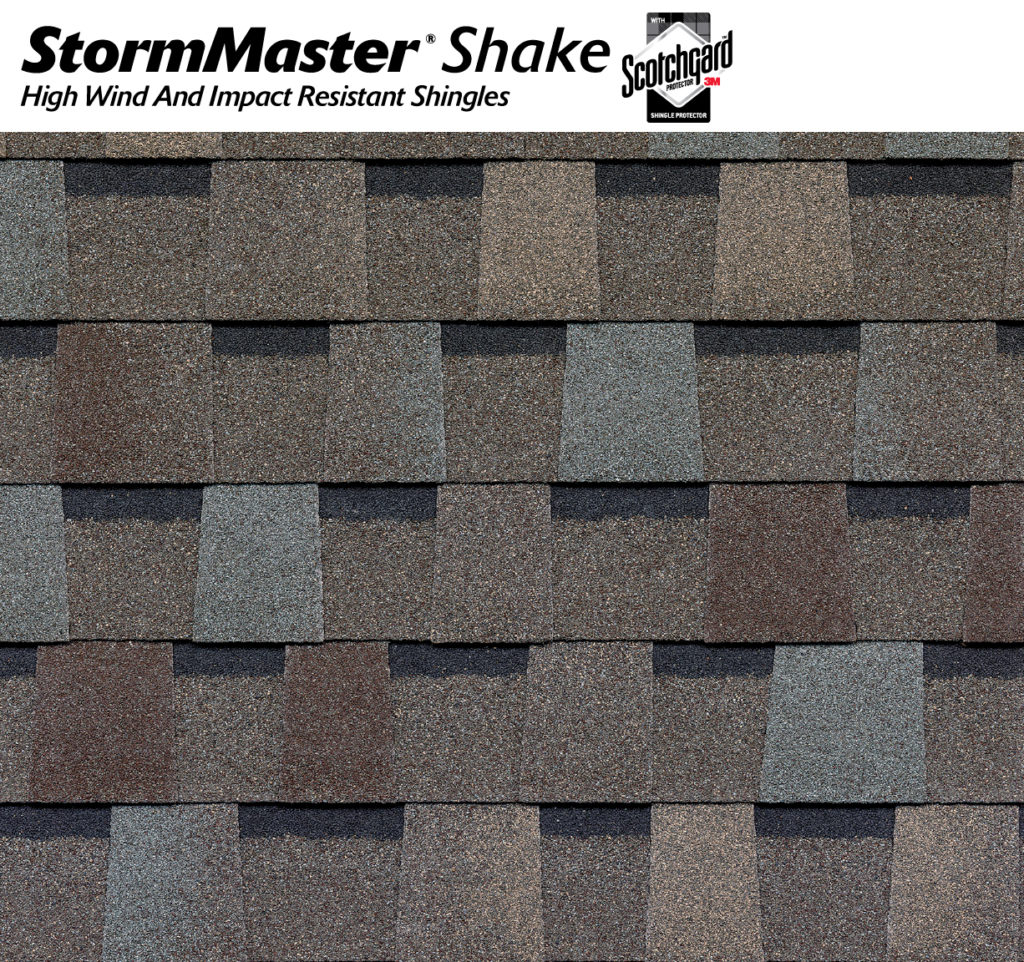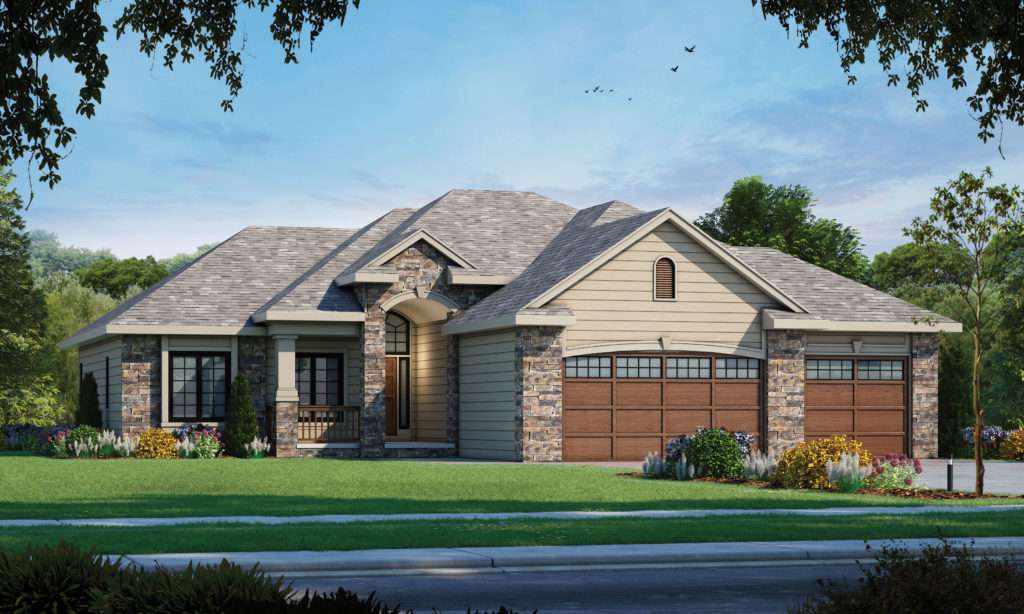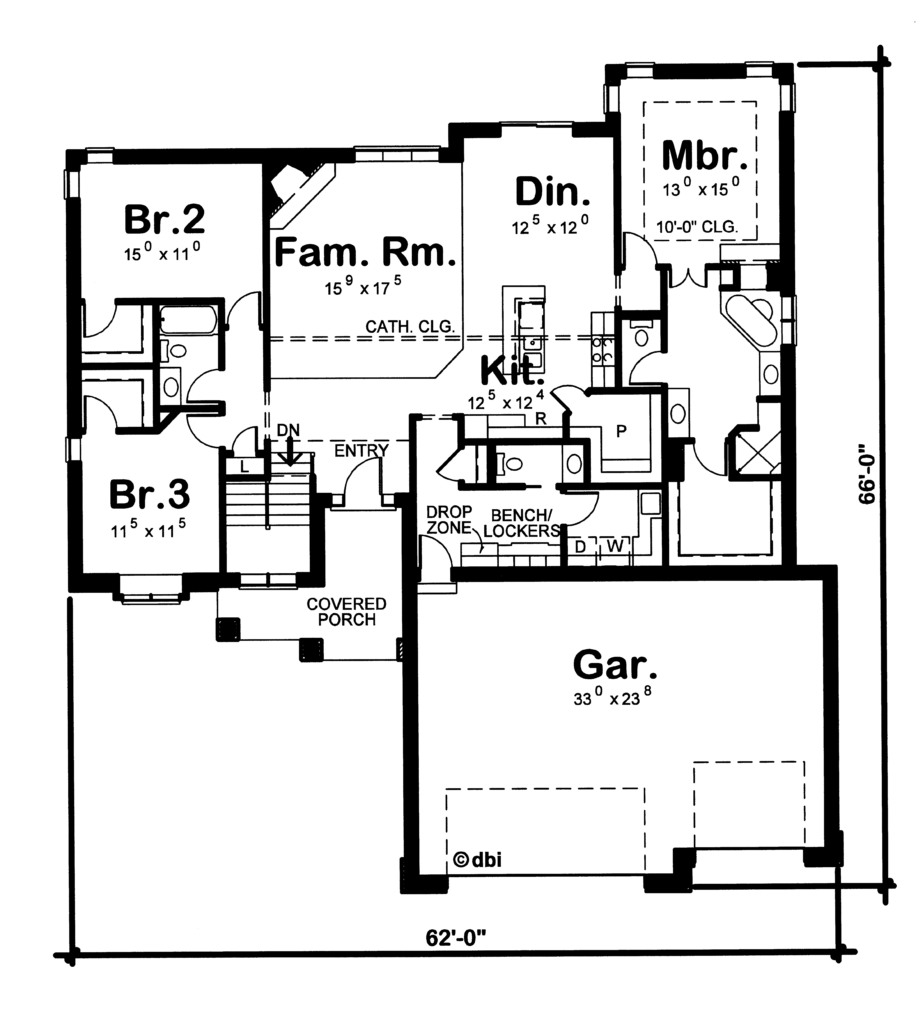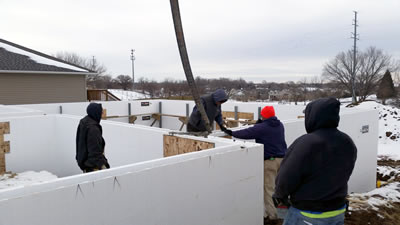Principal + Interest + Taxes + Insurance (PITI) – that’s been the standard way of defining monthly housing cost and often been a factor in determining how large of a monthly mortgage payment you can afford. Today’s historically low mortgage interest rates in many areas have made purchasing a new entry-level home on par with renting:
Of course, a higher initial down payment reduces the Principal + Interest portion, and if you are fortunate enough to have 20% of the purchase price available for a down payment, you can finance the home through a conventional mortgage, at an even better interest rate, and with no mortgage insurance premium. You can’t do much about your Taxes (sigh). But your choices can certainly impact your homeowner’s Insurance costs. New construction homes are often rated differently and are less expensive to insure because they are less likely to have issues and claims.
Likewise, because the roof is new, it is usually rated more favorably reducing your premium. Impact-resistant roofing products can further reduce insurance costs in hailstorm-prone markets. If it adds $6 per month to your mortgage payment to upgrade to impact resistant shingles, but having those shingles saves you $200 per year on your insurance, that’s a win! Fire and security alarm systems can save you money on insurance premiums, with deeper discounts if they are monitored by a third-party.
Photo: Atlas Roofing - Class 4 Impact Rated StormMaster® Shake Style Shingles
Built to the current energy code in effect for your location, most new homes today are more energy efficient than resale homes. Still, the energy code is the minimum; high-performance building products and systems can dramatically cut your energy usage. While there is no single “best way” to achieve an energy-efficient home, many approaches deliver outstanding results and may provide other benefits as well.
Building systems. Insulated Concrete Forms (ICF) are commonly made of two “skins” of insulating foam, stacked in place, and filled with concrete and reinforced steel. The resulting 9- to 11-inch thick exterior walls deliver superb energy performance as well as creating an extremely strong home, which is better able to withstand natural disasters. Design Basics offers more than 125 home plans for ICF construction. Structural Insulated Panels (SIP) are typically made from two “skins” of OSB or plywood that sandwich a thick slab of insulating foam. SIPs can be used for roofs as well as exterior walls to create highly energy-efficient homes, which are also stronger and safer than most traditionally built homes. Design Basics currently offers 50 plans for SIP building. Please note that Design Basics can adapt any of our home designs for ICF or SIP construction.
While the elevation remains the same, the exterior walls on the floor plan (below) appear thicker on an ICF plan. Varying from 9 - 11-inches thick, ICF exterior walls are 5 to 7 inches thicker than the 2 x 4-inch exterior walls of the typical home.
HVAC systems. You may pay a lot of attention to the efficiency rating of traditional furnaces and air conditioner SEER ratings; or, a heat pump may be a more efficient choice. Yet often overlooked is the fact that a surprisingly high amount of conditioned air can leak out of your home’s ductwork, so ask your builder or HVAC contractor about the steps taken to seal the ductwork. Also, if your home will be built with one of the building systems or high-performance insulation, the heating and cooling equipment needs to be sized appropriately. A rule of thumb such as, “one ton of air conditioning for every 500 square feet,” may work in determining the size of air conditioner for other new homes in your area, but may be too much for a tight, energy efficient home, causing your system to cycle on and off quickly and inefficiently. Even the ductwork should be sized differently for a high-performance home. An alternative, geothermal heating and cooling is very energy efficient, taking advantage of the earth’s relatively constant ground temperature below the frost line to keep your home comfortable.
PITIU. It is rooted in a number, but it means so much more! You can’t measure the worth of added protection for your family and cherished belongings provided by alarm systems, or the environmental impact of roof shingles that don’t end up in a landfill after hail. And that energy-efficient home? Your home’s lower energy use will keep tons of greenhouse gas emissions out of our atmosphere every year.
Looking at total monthly housing costs and investing a little more up front can give you improved cash flow, a better home, and bragging rights!
Next time: Replacement and Maintenance Costs
- View other articles on our blog
- Browse our Her Home™ Magazine
- Thoughtful Design Concepts
Atlas Roofing Photo Courtesy: An Independent publisher, not an Employee or Agent of Atlas Roofing Corporation.
Cover photo: <a href='https://www.freepik.com/photos/business'>Business photo created by freepik - www.freepik.com</a>

